Caricature Portrait
- caricature /
- Caricature Portrait
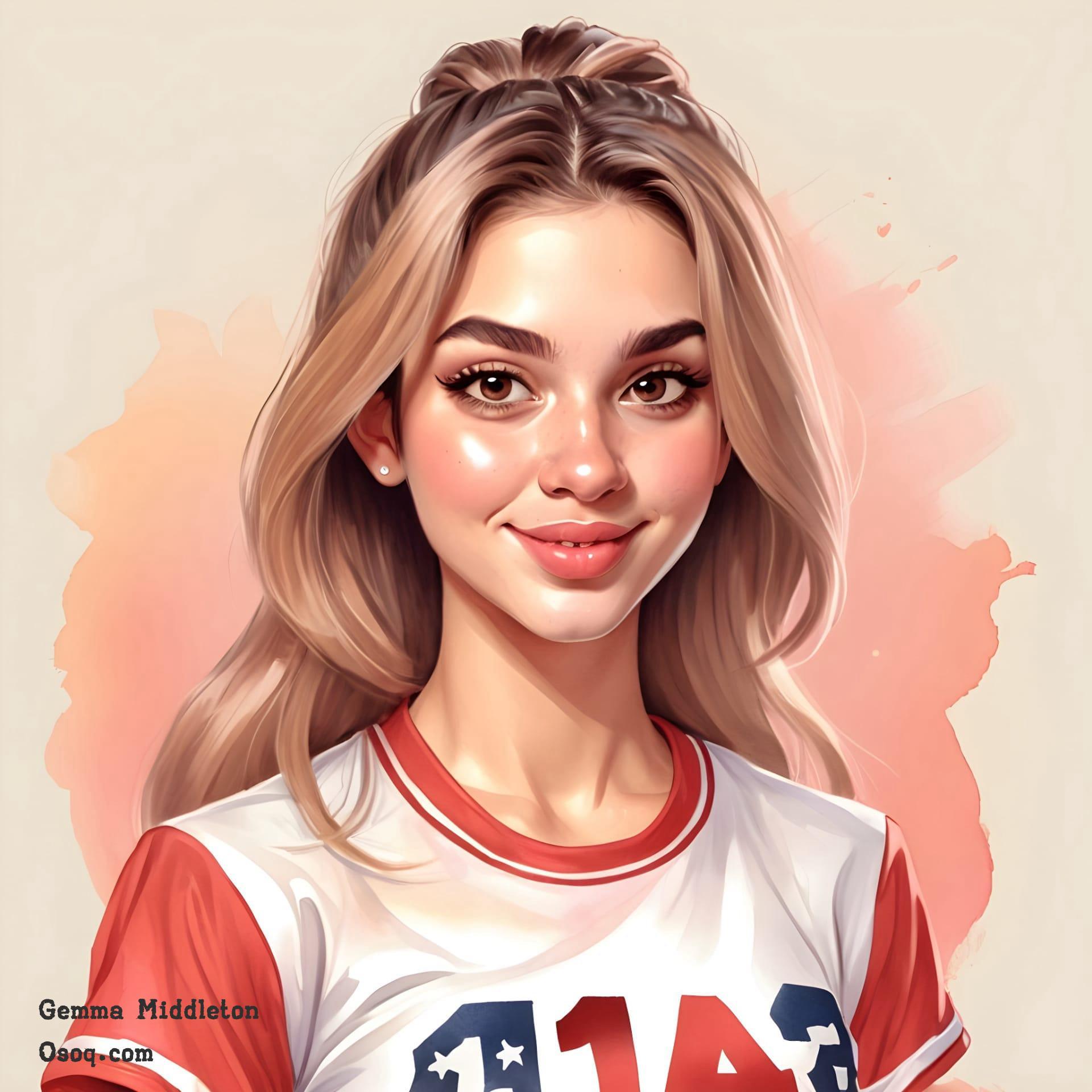
Caricature portraits exaggerate specific features of a person to create a humorous or striking representation. This style focuses on enhancing distinctive traits to make the subject easily recognizable.
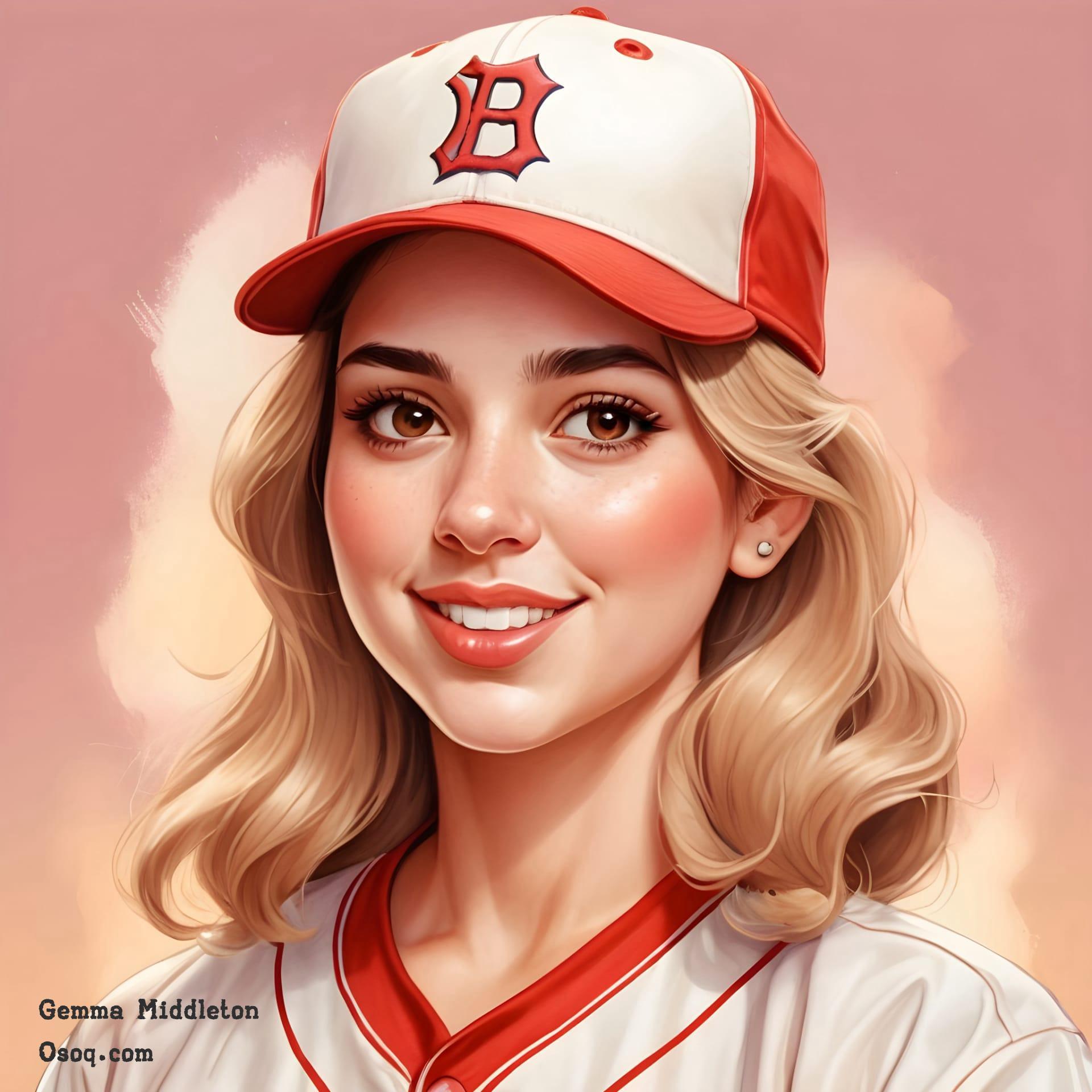
Traditionally, caricature artists often use simple tools like pencils and paper, but today many also utilize digital tablets and software to bring their creations to life.
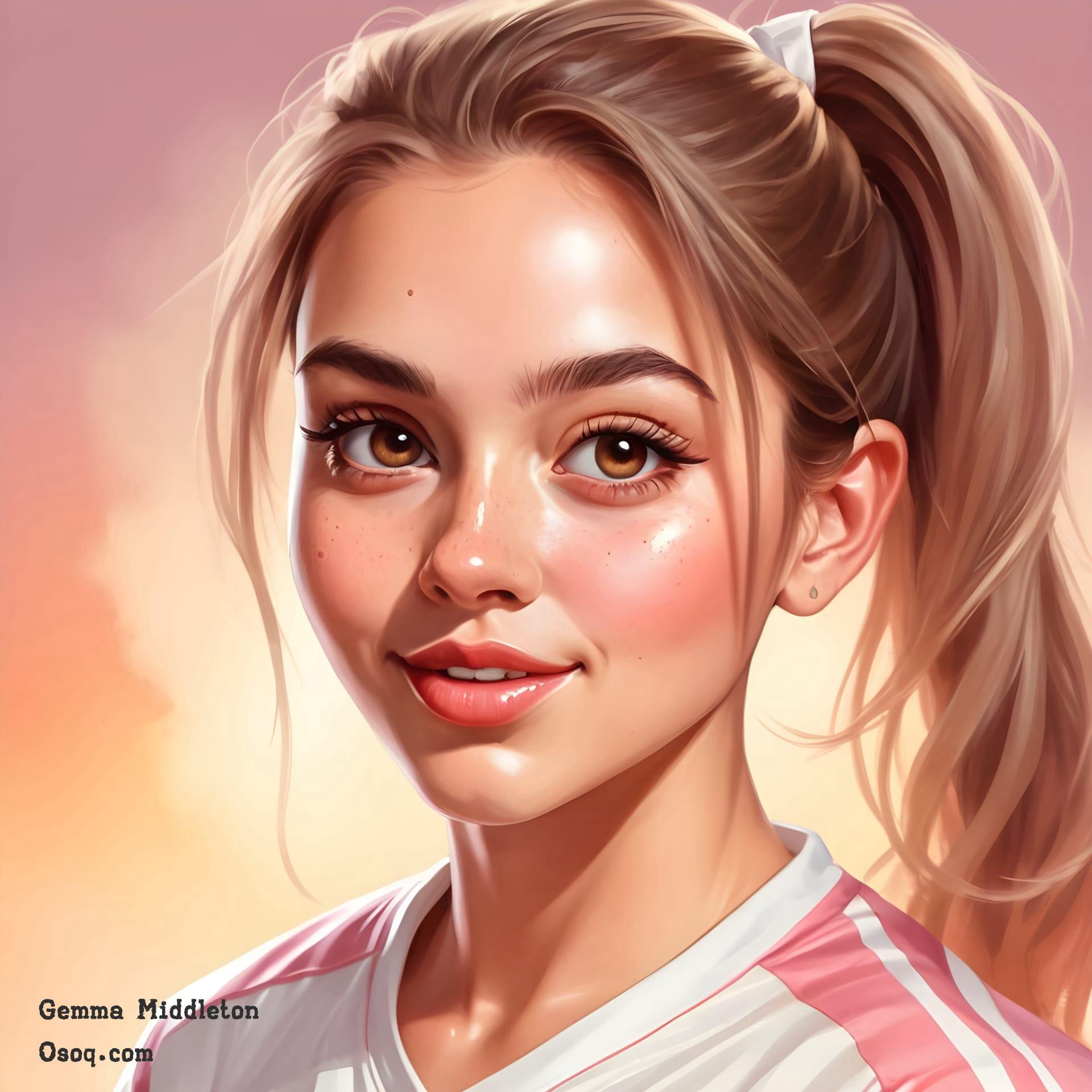
The origins of caricature can be traced back to the 16th century, with some of the earliest examples appearing in works by Leonardo da Vinci, who explored exaggerated features in his sketches.
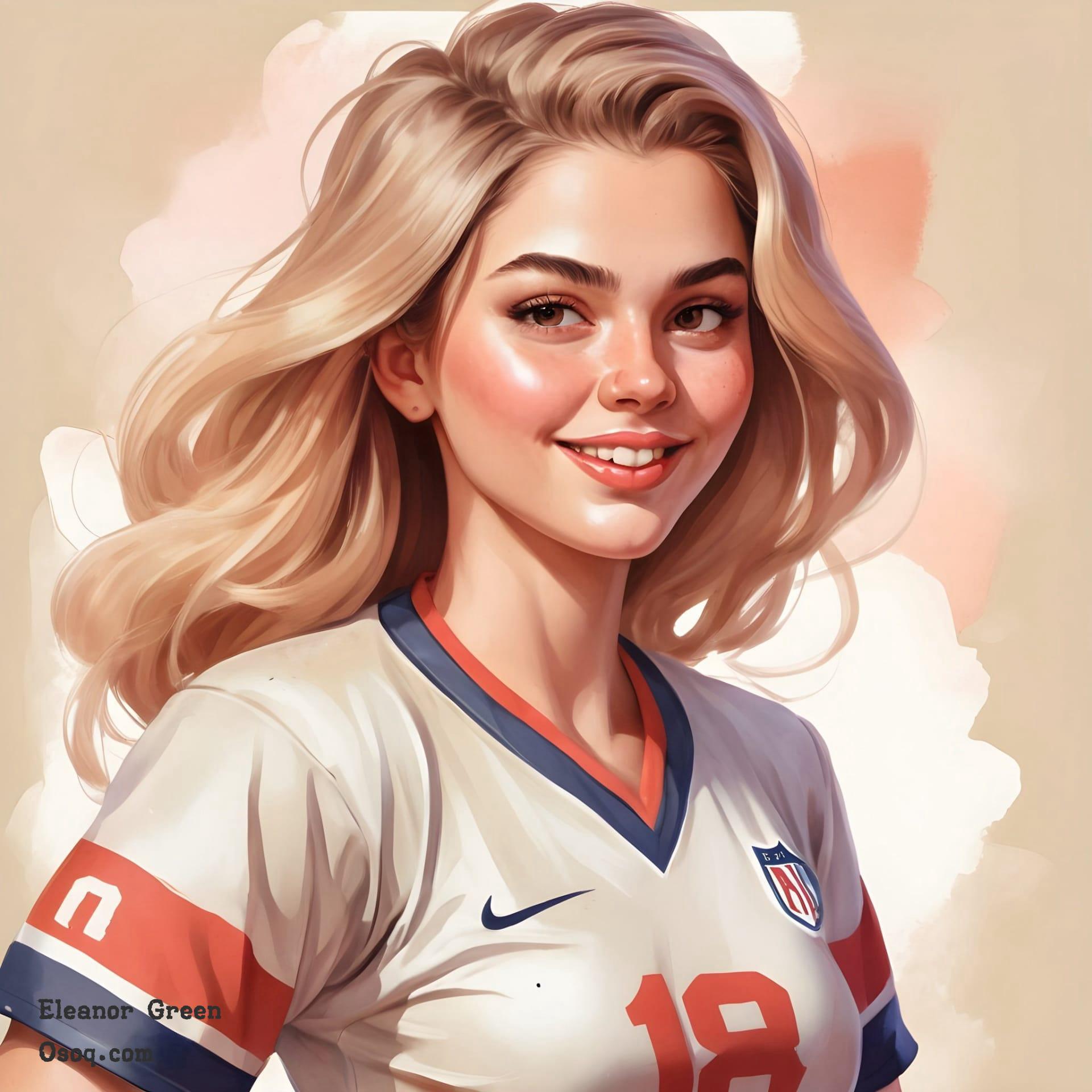
In caricature portrait drawing, the eyes, nose, and mouth are typically the focal points where exaggeration is most emphasized, often leading to humorous results.
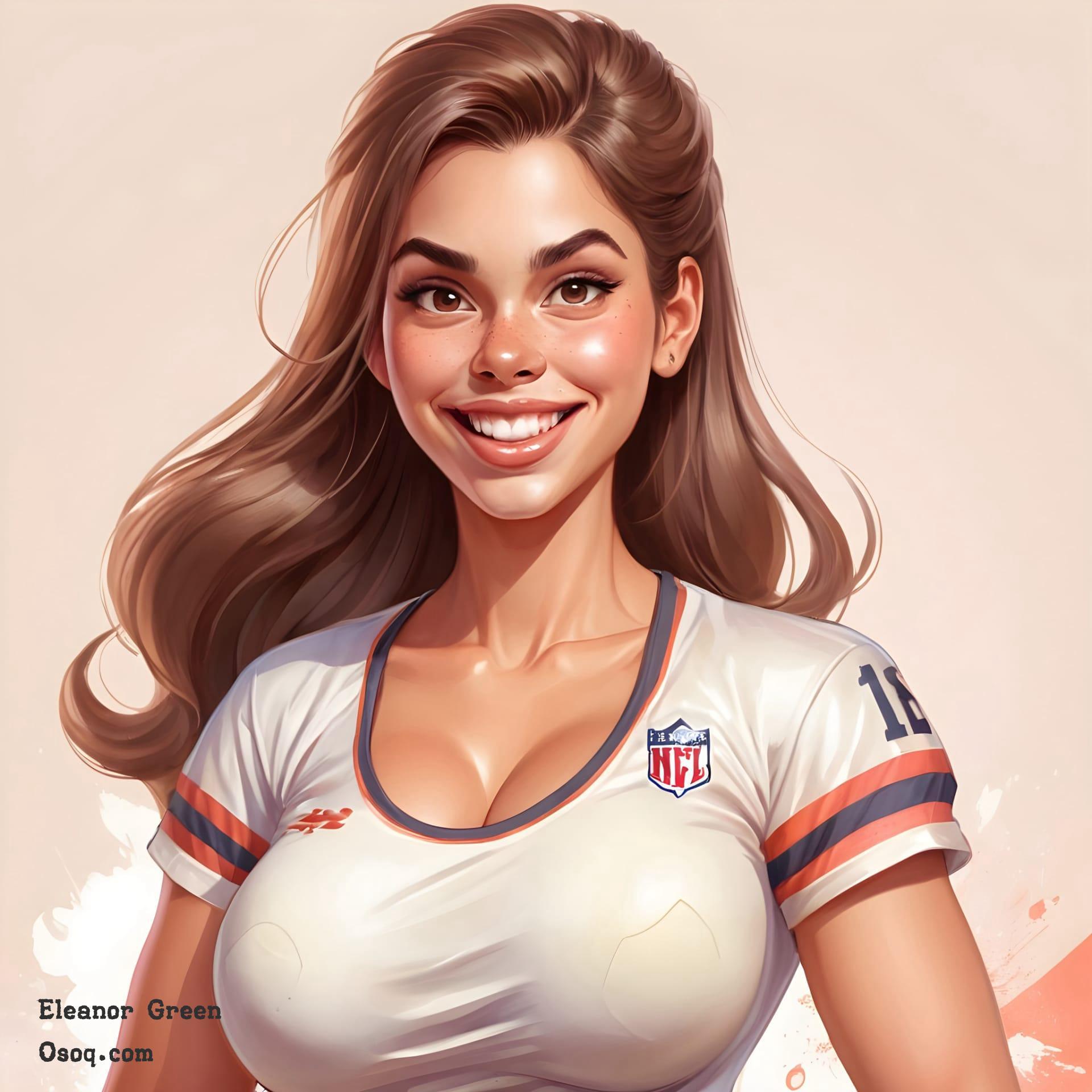
Caricature portrait artists need to have a keen eye for detail and an ability to capture the essence of a person’s character quickly and with minimal lines.
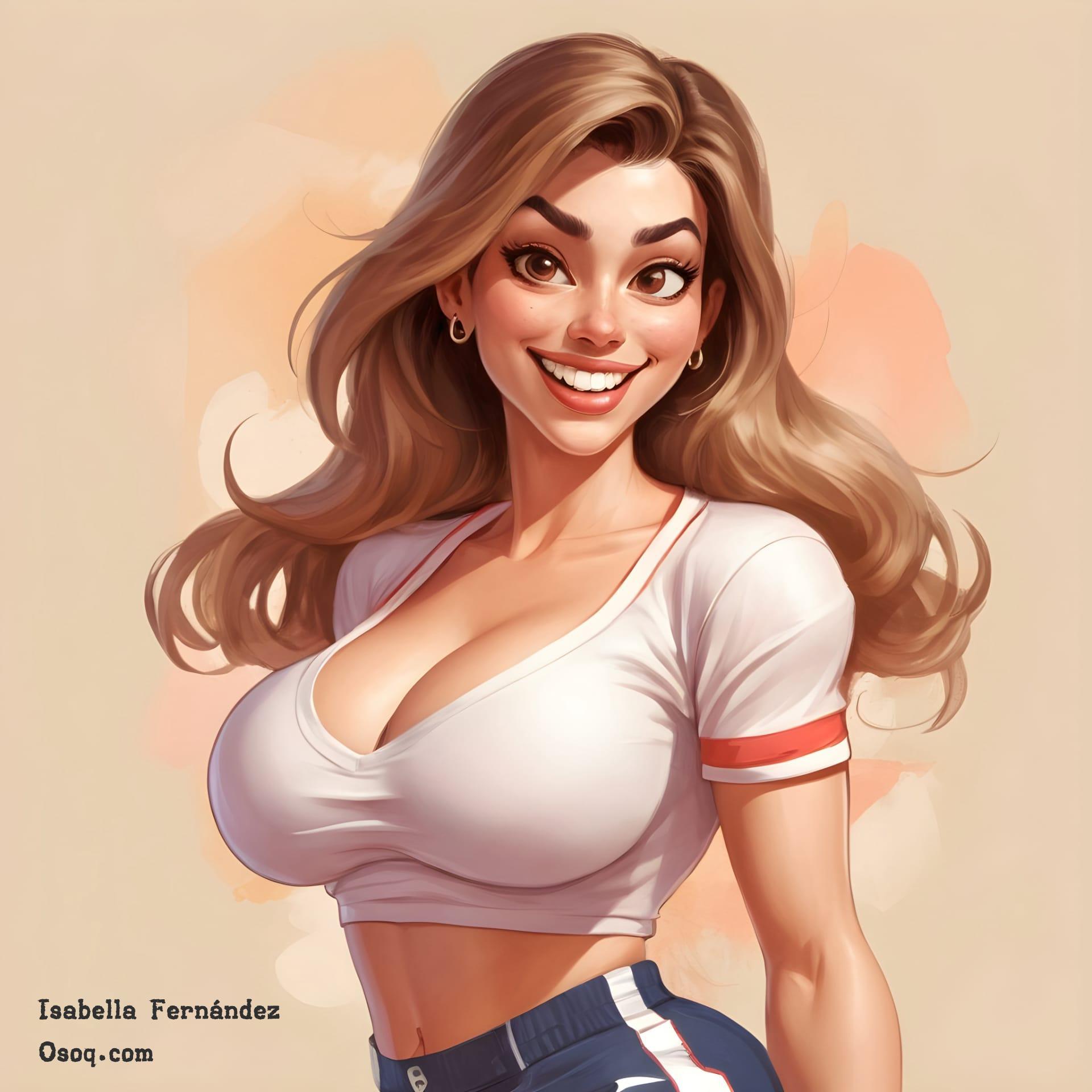
Color usage in caricatures can vary widely, but bold and vibrant colors are commonly used to match the exaggerated expressions and features.
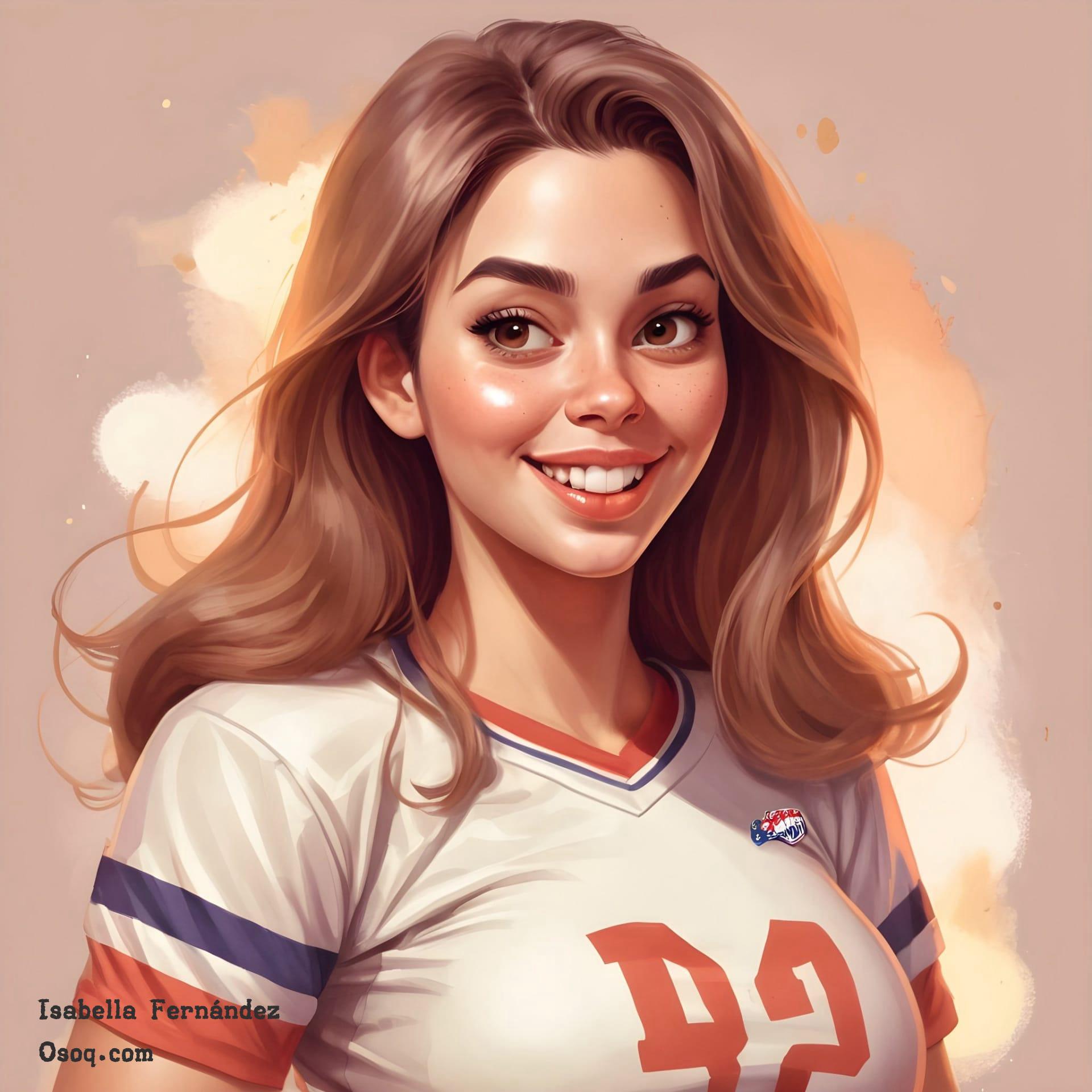
Timing is crucial in this art form; a skilled caricature artist can complete a basic portrait in just a few minutes, making it a popular choice at events and theme parks.
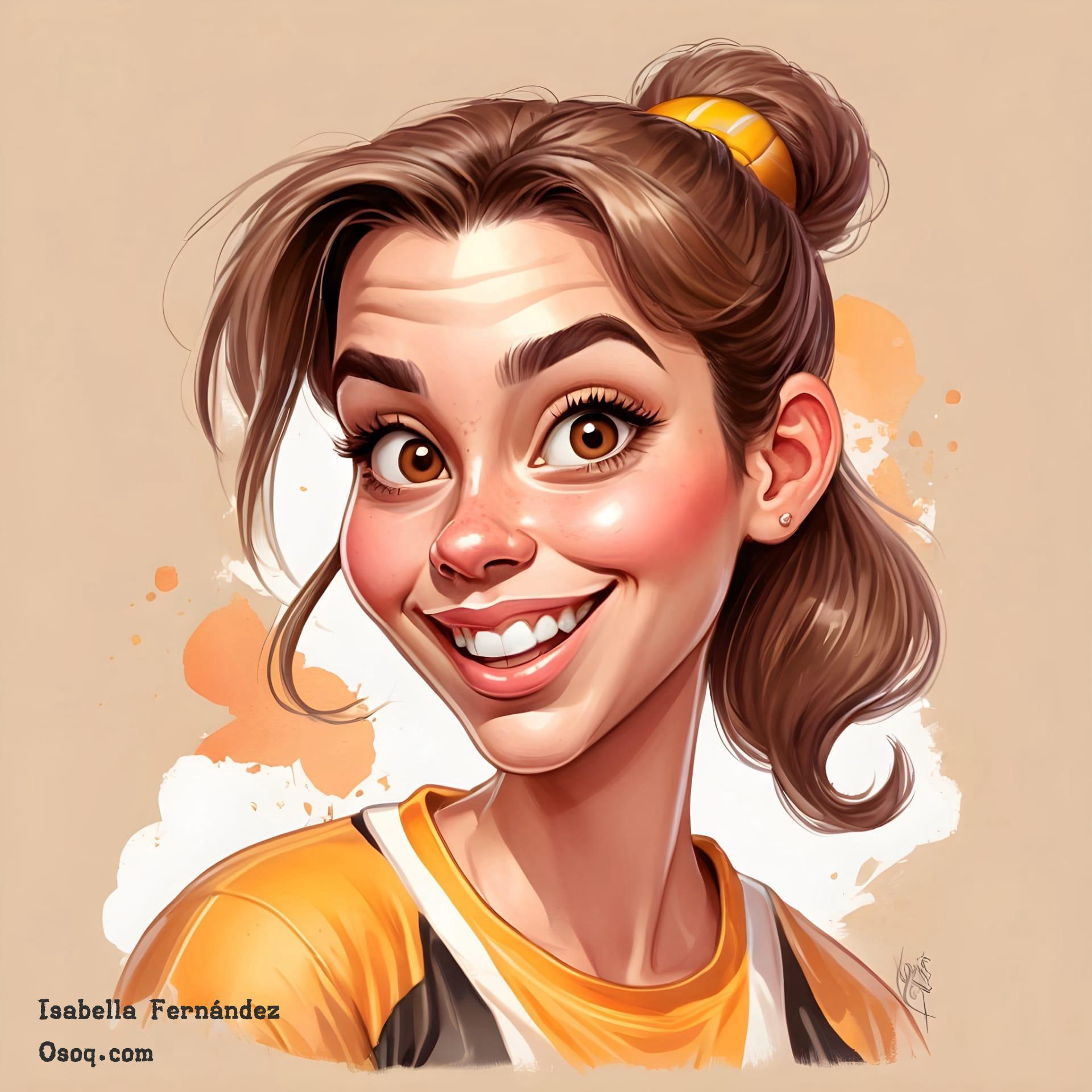
The impact of a caricature portrait can be powerful, conveying not just how a person looks but often how they are perceived in terms of their personality or public persona.
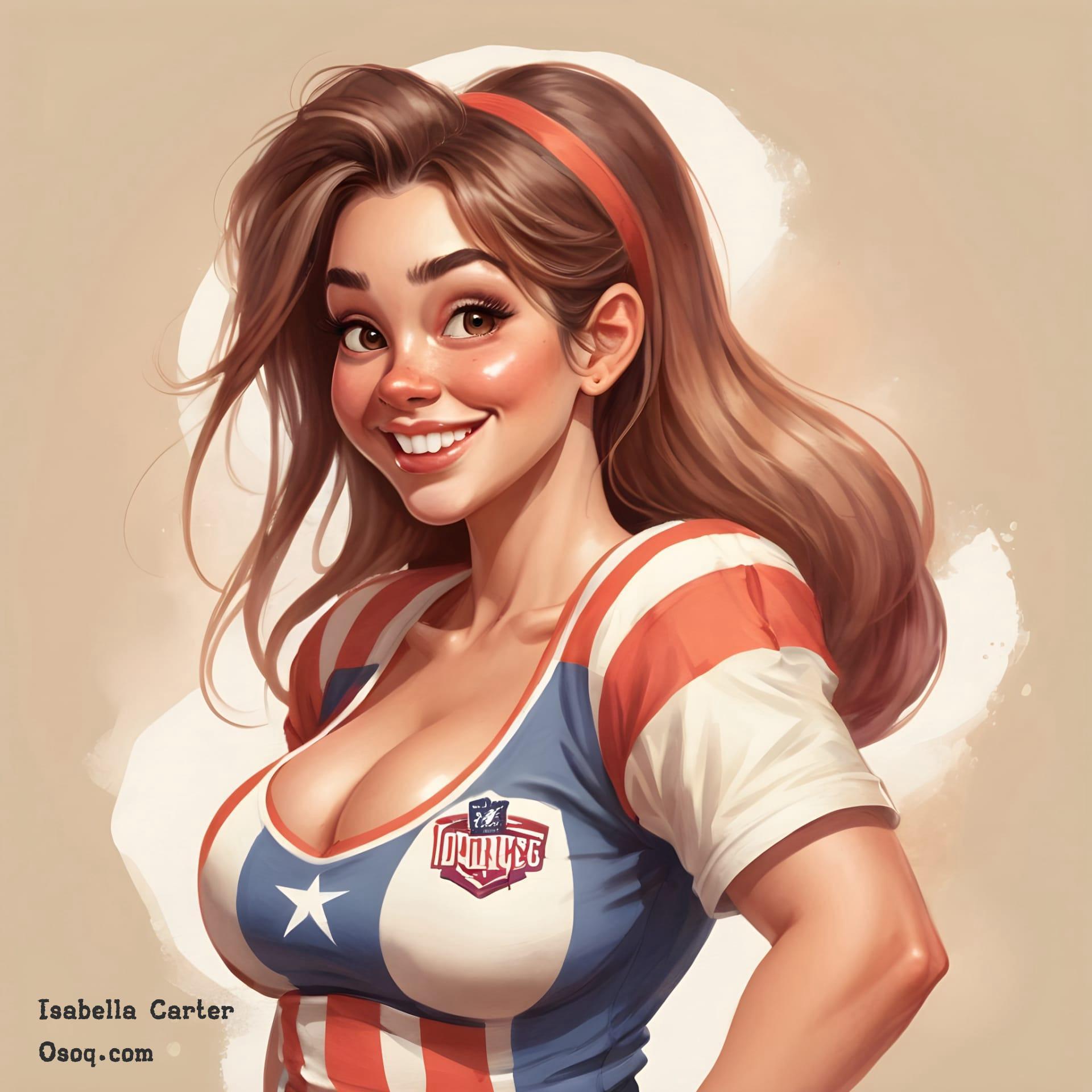
Satirical magazines and political cartoons are significant platforms where caricature portraits thrive, often used to convey editorial commentary in a visual format.
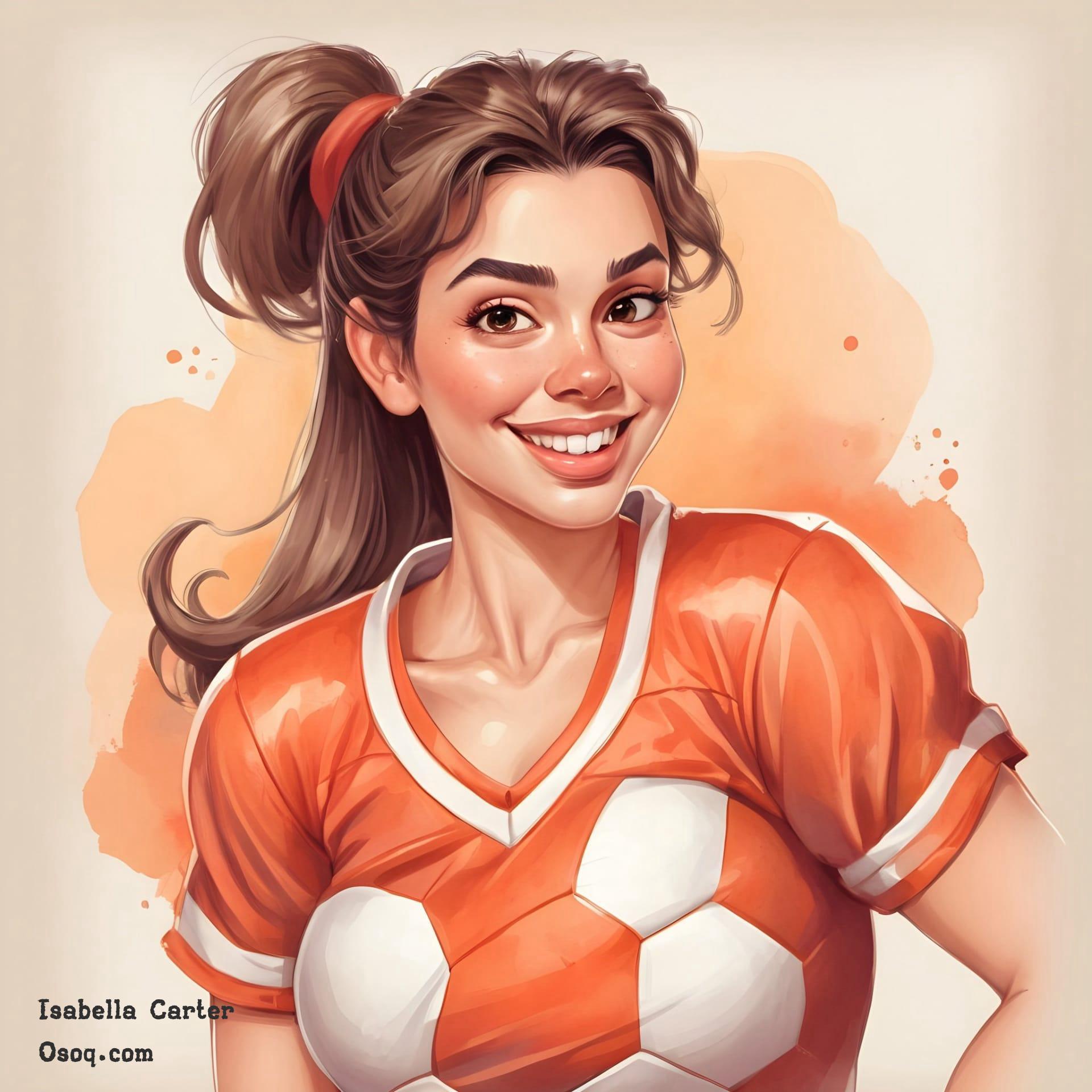
Famous caricature artists like Al Hirschfeld have been celebrated for their ability to capture the essence of celebrities and Broadway stars with just a few elegant lines.

Learning to draw caricatures can start with simple exercises, such as picking a celebrity and trying to exaggerate a feature that stands out, like the size of their eyes or the shape of their head.
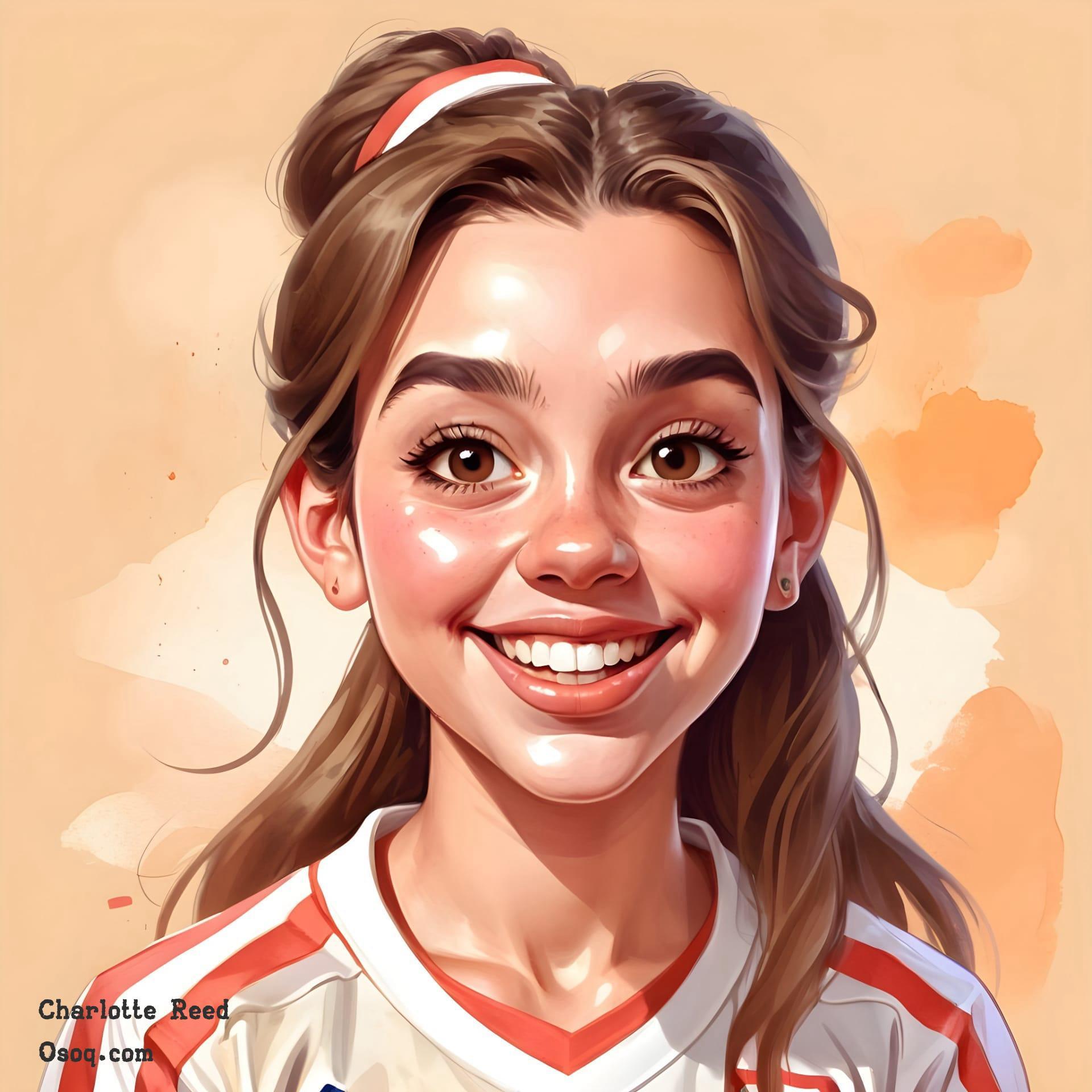
Many caricature portrait artists develop a signature style, which can be recognized even without seeing the artist’s name attached to the work.
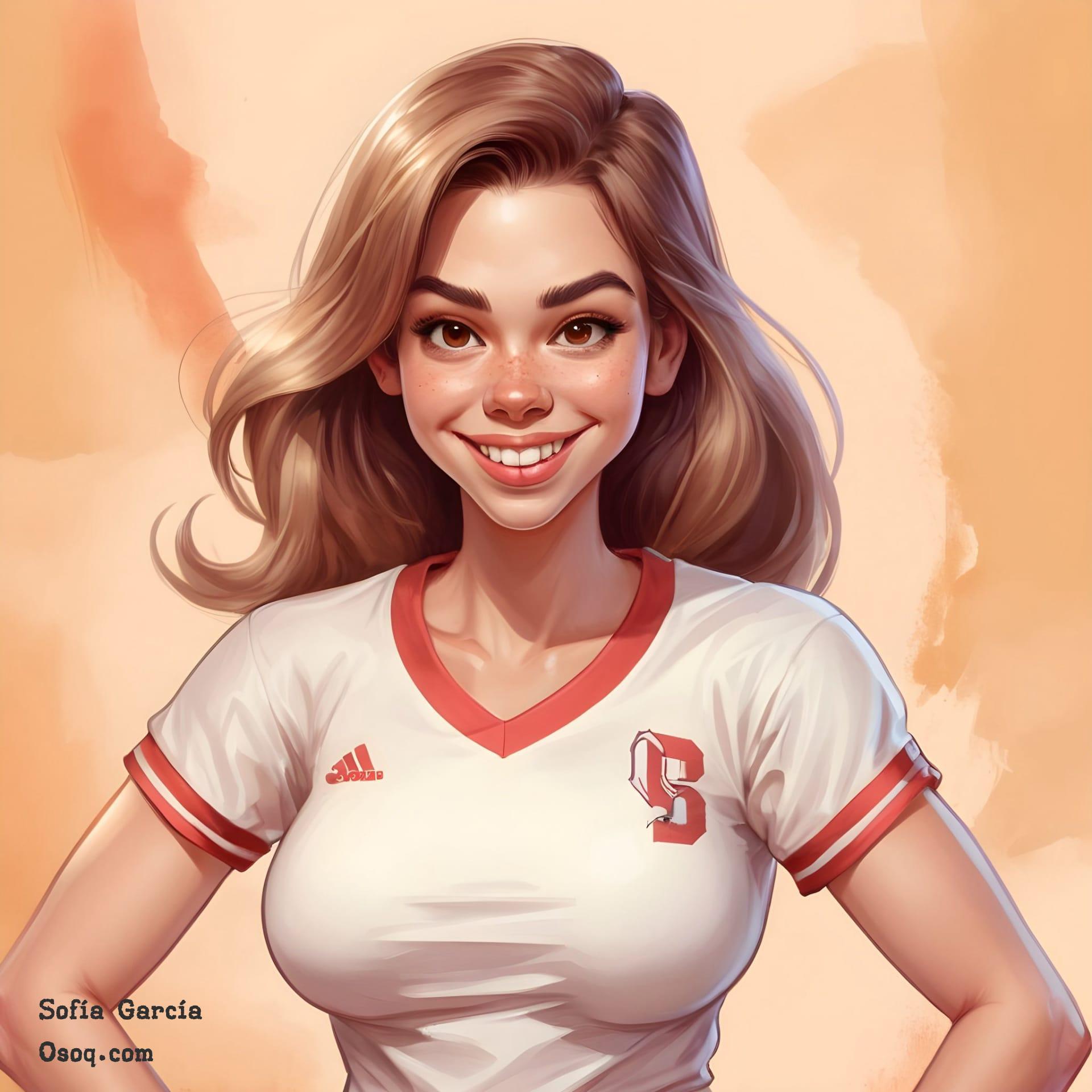
The global appeal of caricature portraits means that this art form is practiced and appreciated in a wide range of cultural contexts around the world.
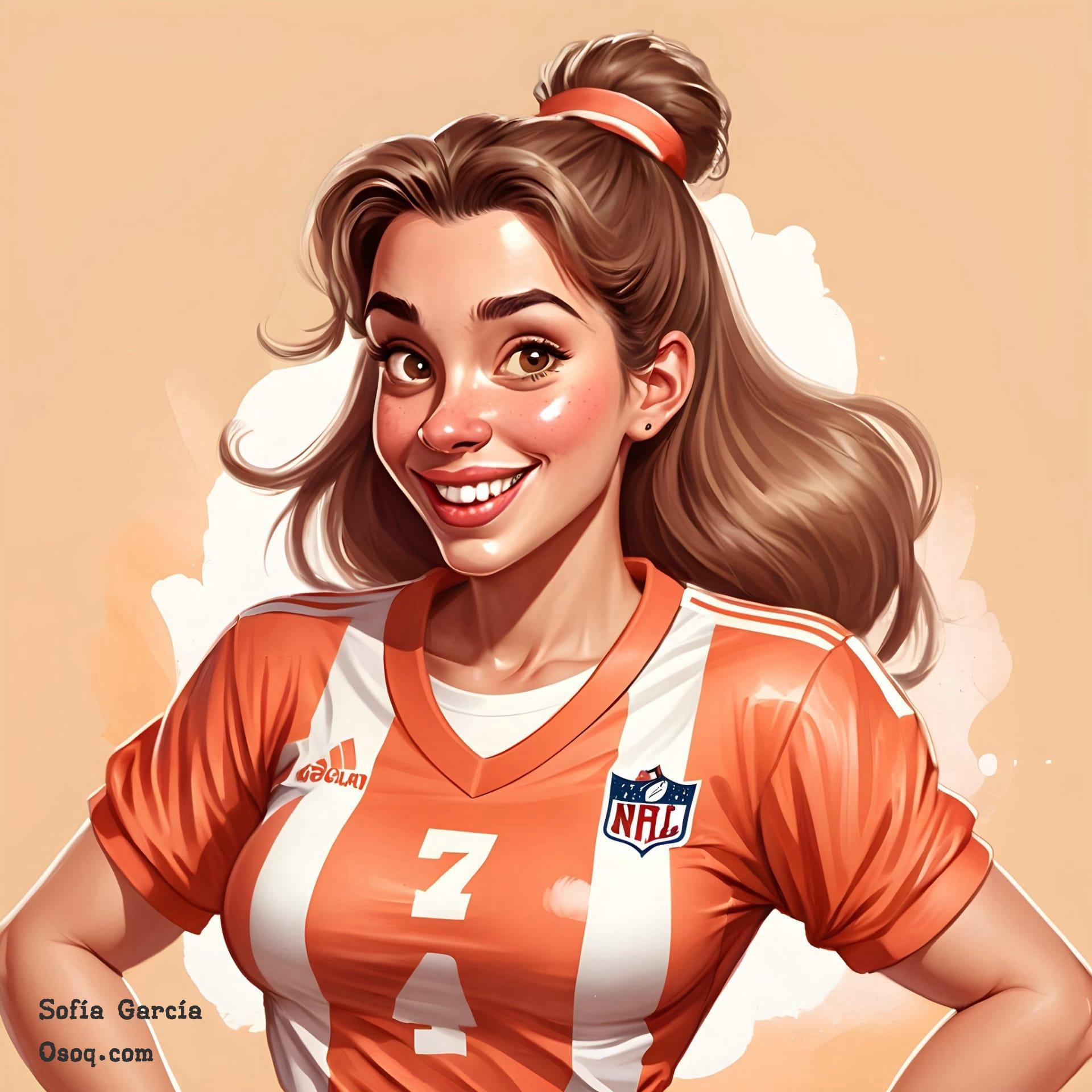
Technological advancements have led to new forms of caricature, including animated digital caricatures that can be created and shared across social media platforms.
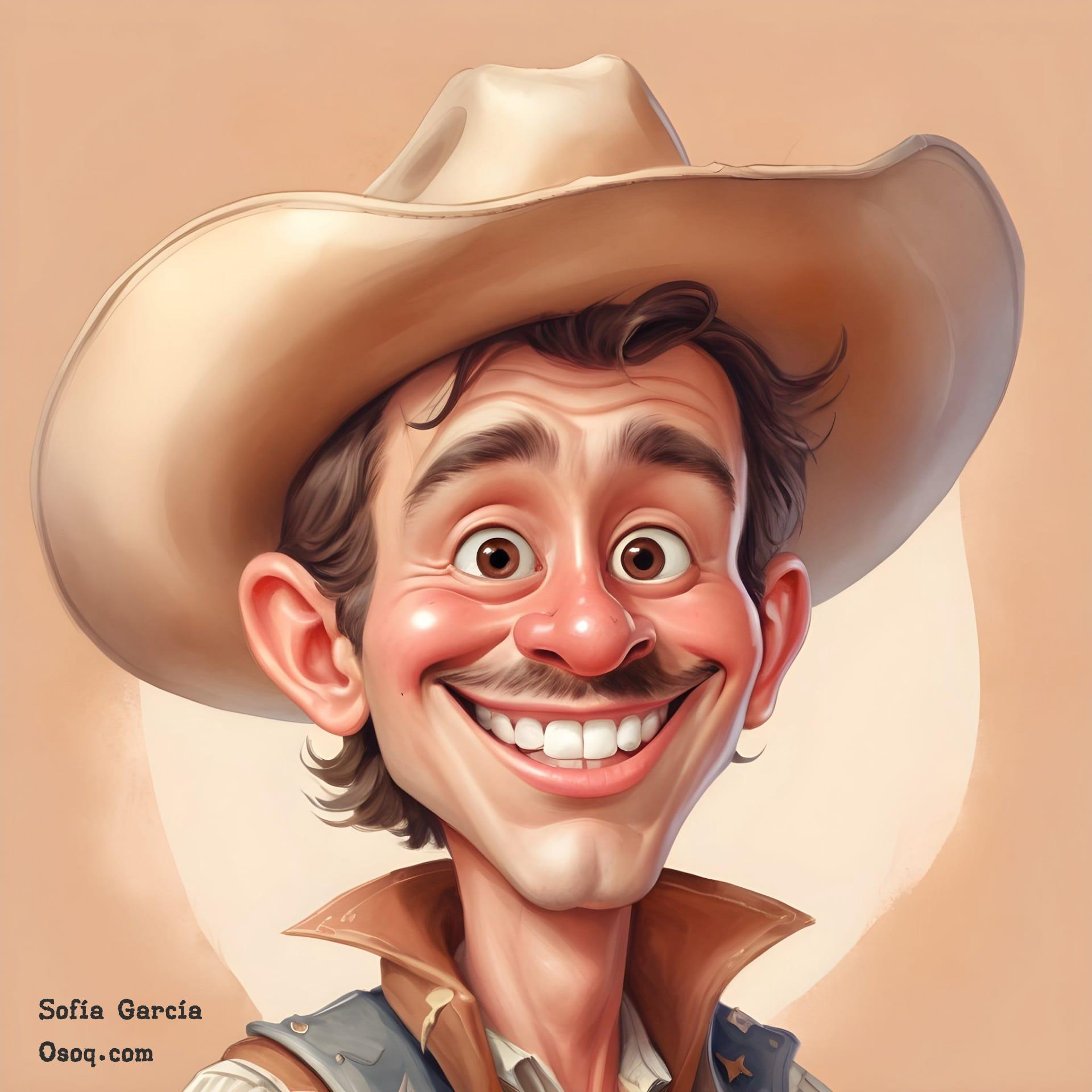
Caricature portraits are not just for fun; they can also be a form of social commentary, using humor to point out the quirks and flaws of society and individuals.
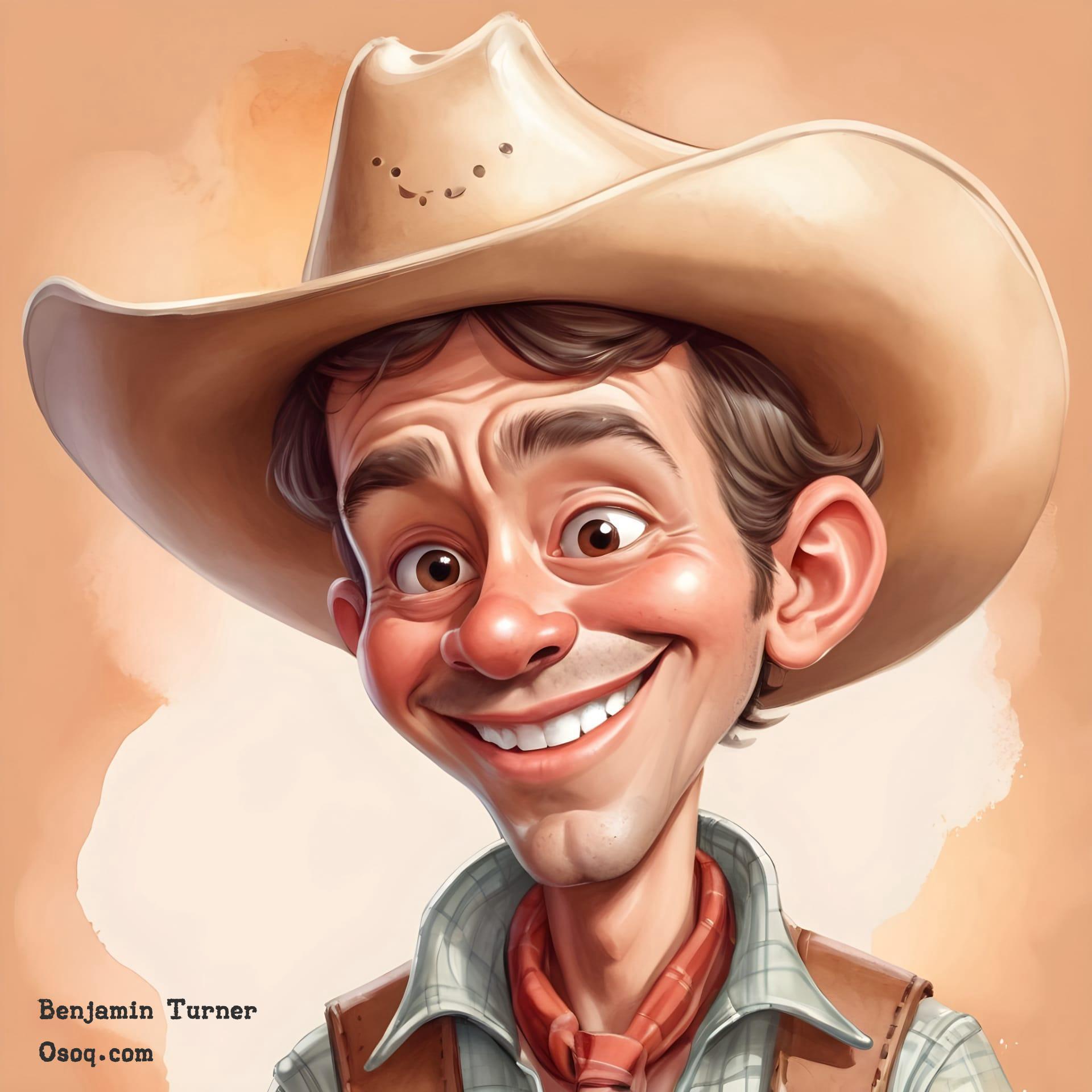
The process of creating a caricature portrait often starts with observing or photographing the subject in a natural setting to capture their typical expressions and gestures.
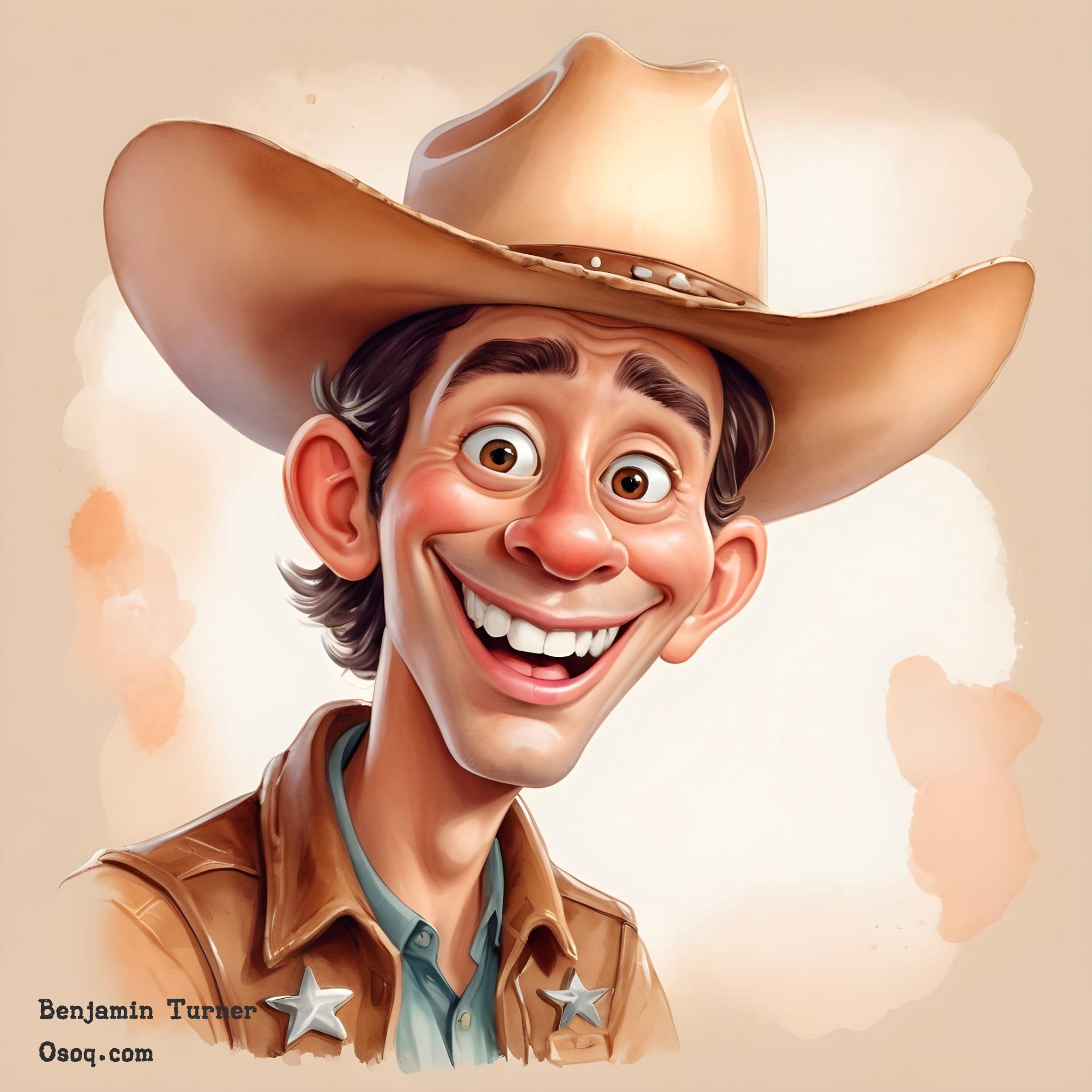
Education in fine arts can be beneficial for aspiring caricature artists, but many successful caricaturists are self-taught and have developed their skills through practice and observation.
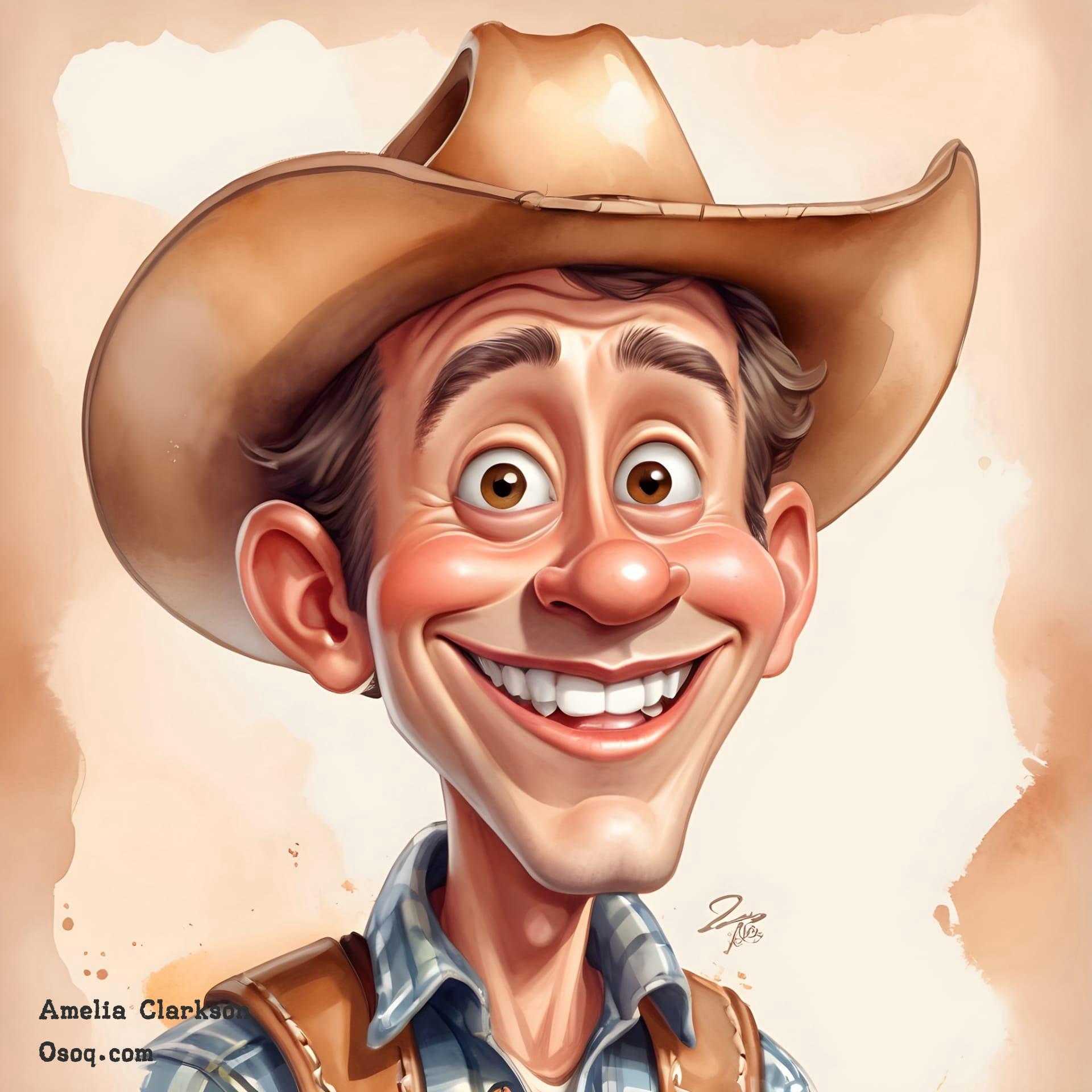
In addition to traditional caricatures, 3D caricature sculptures are also a popular form, often seen in specialty gift shops or as custom commissions.
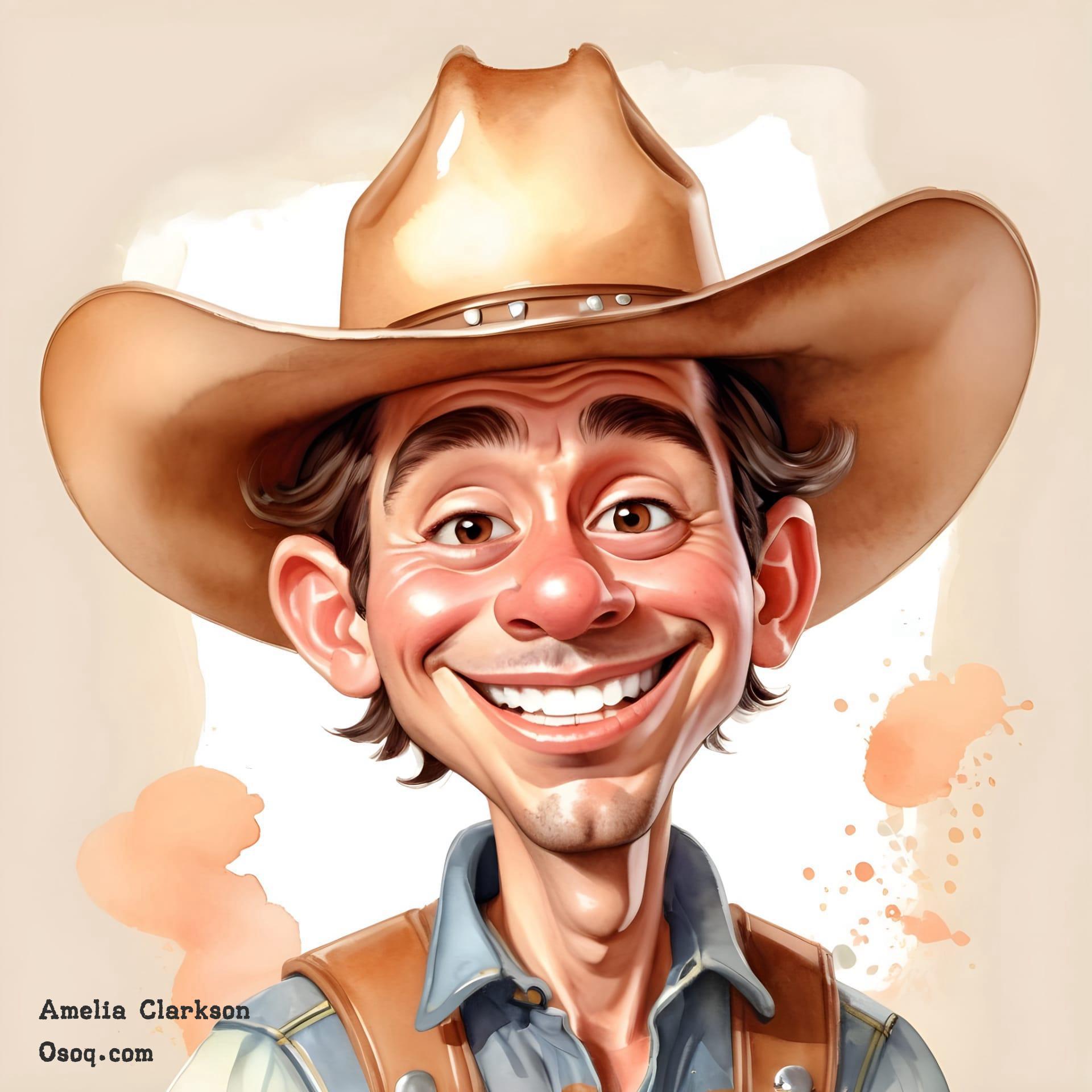
The versatility of caricature art allows it to be applied to various products, including T-shirts, mugs, and posters, making it a popular art form for personalized gifts.
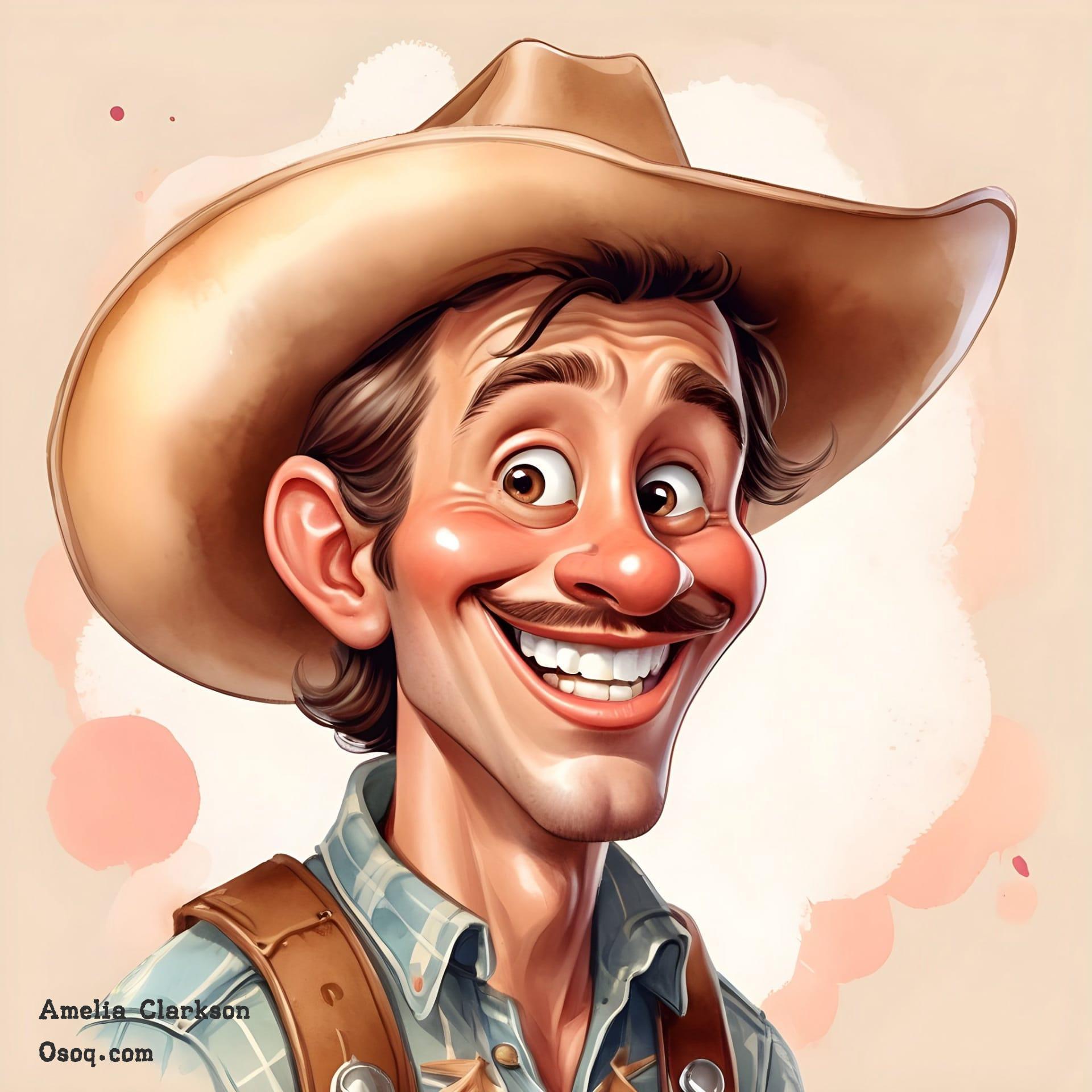
Despite the exaggerated and sometimes comical nature of caricature portraits, they require a deep understanding of human anatomy and proportions to maintain a balance between realism and exaggeration.